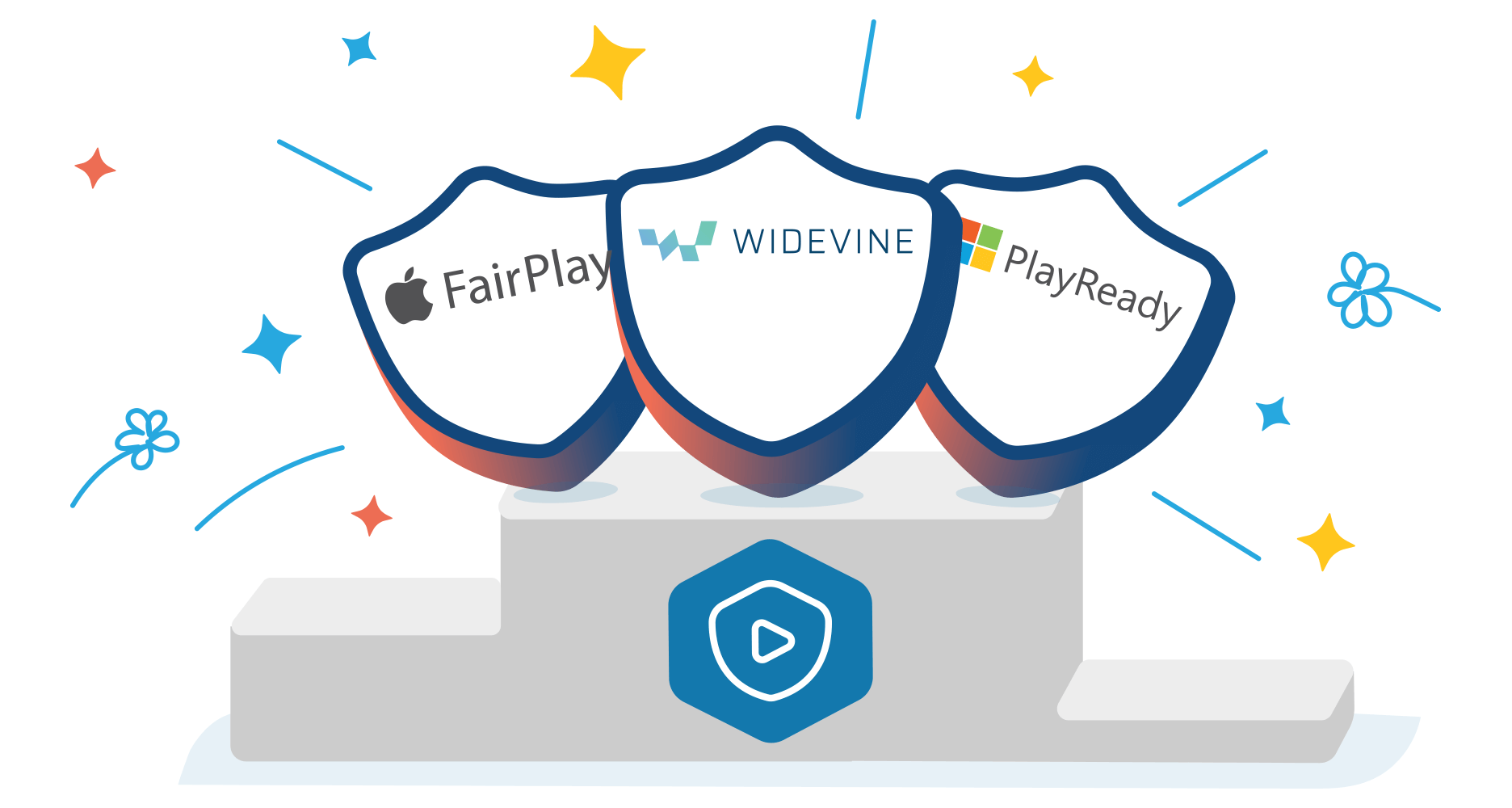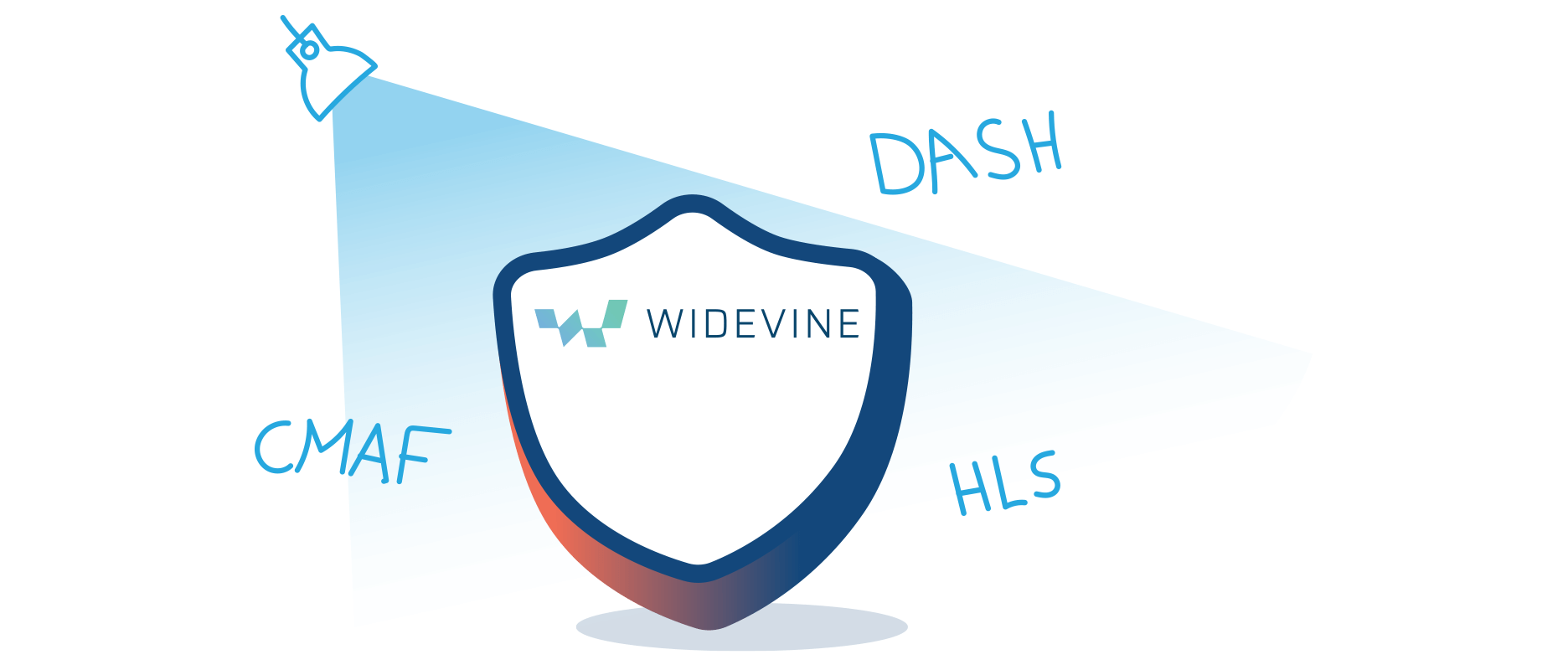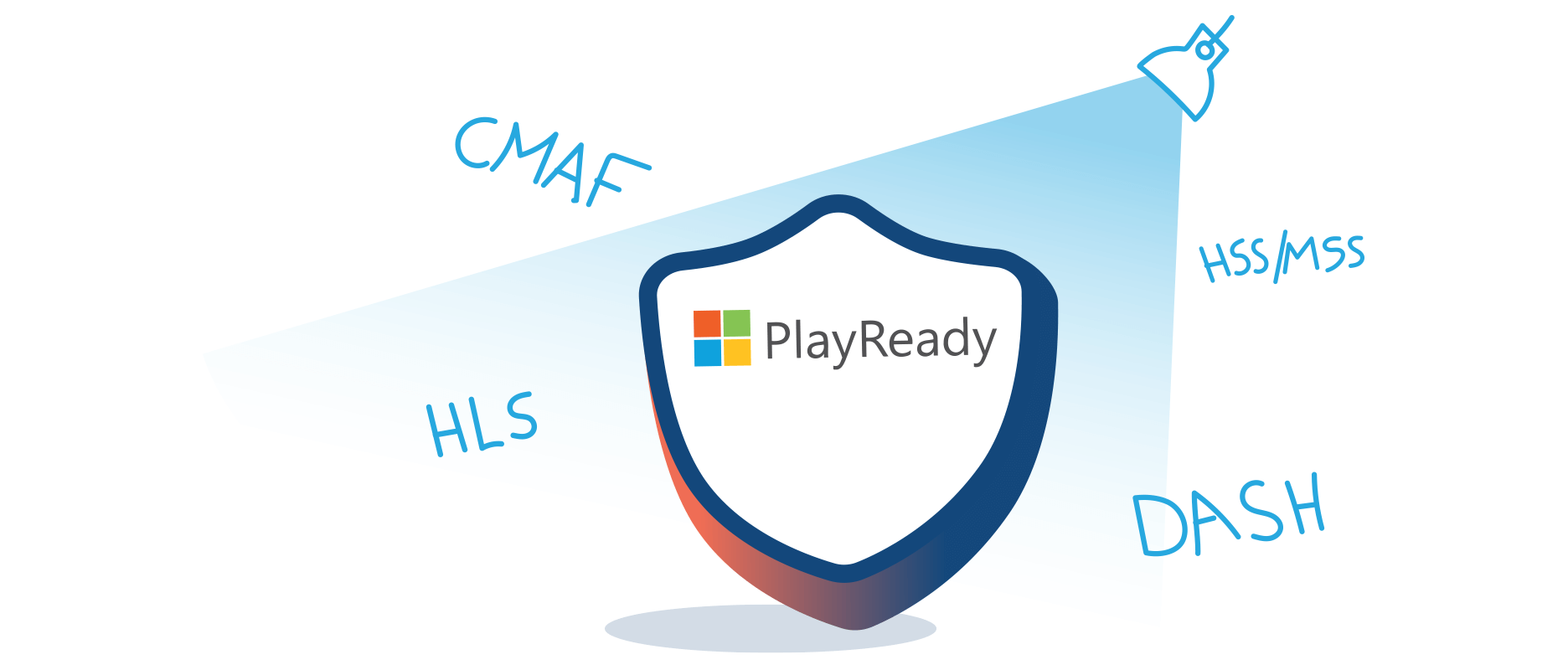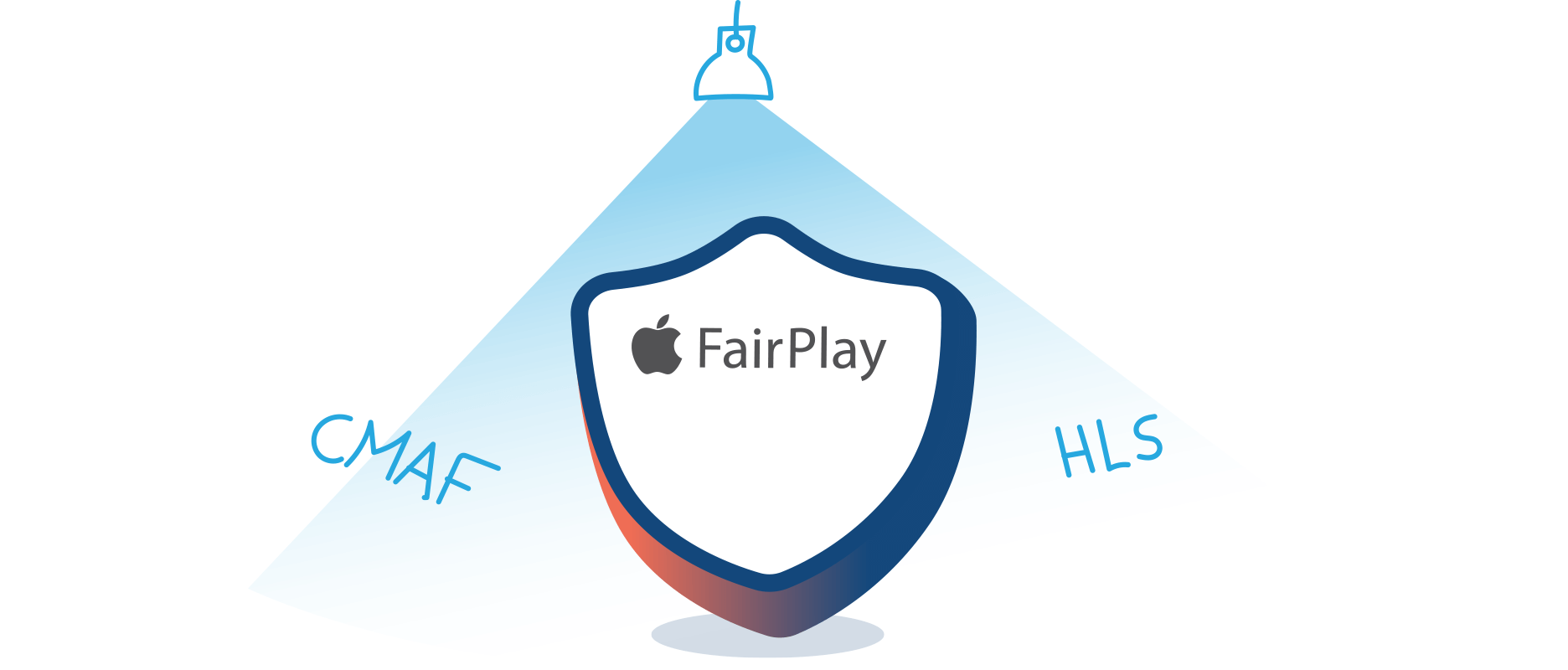

Most Popular DRM Providers for Video Platforms
Learn about the three most popular DRM providers and one multi-DRM service that brings them together for top interoperability.
Digital rights management, or DRM, is a solution streaming platforms use to stop piracy and prevent the illegal copy and distribution of content. Based on the growth of the streaming industry, the DRM market will have a value of $4.35 billion by 2025. With so many DRM providers to choose from, it is essential to point out that all of these services share some common principles: * They offer client-side implementation for their respective platforms. * They manage the interface specifications for the request and response of a content license. * They provide format specifications for a content license. * They set format specifications for DRM encryption and signaling.

Widevine
Google purchased this DRM service in 2010 to improve the protection of premium video content. Some platforms that use this DRM provider include YouTube, Netflix, Disney+, Amazon Prime, HBO, Hulu, Peacock, and Discovery+. There are currently two versions of Widevine in the market:
* Classic: This is the legacy version of the DRM, which still works on older generations of smart TVs and Android devices.
* Modular: The current version of the DRM is compatible with Android devices and browsers based on Chromium (except Chromium itself).
Google Widevine supports MPEG-DASH and HLS protocols. Thus, Chrome and Firefox browsers, Android, and Chromecast can play content protected with this DRM. Google Widevine does not allow content playback on Chrome browsers installed on iOS devices.
The following list includes devices and encoders that are compatible with Google Widevine:
| Streaming Protocol | Device |
|---|---|
DASH |
Android
|
HLS |
Android devices using ExoPlayer |
CMAF |
Chromium-based browsers (ex. Microsoft Edge, Opera, Brave)
|
Google Widevine DRM protects content by offering three different security approaches:
* Widevinel L3 (Level 3): Offers most basic protection using just software-based DRM. Content decryption is done directly on the browser. Image quality is limited to 480p, also known as Standard Definition (SD). This level of protection lacks a Trusted Execution Environment (TEE).
* Widevine L2 (Level 2): Available as software or dedicated hardware, this option can playback content up to 540p and has a Trusted Execution Environment (TEE).
* Widevine L1 (Level 1): This is the highest certification level available. This DRM is integrated into a dedicated hardware or video decryption and processing environment. This level features Trusted Execution Environment (TEE) in supported devices and can play content at 1080p, which is High Definition (HD).

PlayReady
Made by Microsoft, PlayReady is a DRM that can run on various platforms, devices, and operating systems. PlayReady uses DRM-based hardware to secure content that will be playback on HD and higher resolutions. Thus, Hollywood studios trust this DRM solution to manage content licenses in many streaming services.
Playready DRM is used in many operating systems, codecs, and media players. The following list includes devices and encoders that are compatible with Microsoft Playready.
| Streaming Protocol | Device |
|---|---|
HSS/MSS |
Microsoft devices
|
DASH |
Microsoft platforms
|
HLS |
Specific players such as Cisco, Discretix, and Envivio, which support specs set during content encryption |
CMAF |
Xbox |
PlayReady is integrated in the latest Windows operating system, as well as the Microsoft Edge browser. Most smart TVs and OTT platforms support PlayReady DRM, and it is estimated that there are over 4 billion PlayReady-compatible devices in the world.

FairPlay
FairPlay is the DRM technology developed by Apple. Launched in the early 00s, it was initially used to protect media sold through iTunes. This limited device support sparked an antitrust lawsuit that ended in favor of Apple. Eventually, Apple developed a new technology aimed at platform content called FairPlay Streaming (FPS). Currently, this DRM protects media in iOS devices, Apple TV, and Safari browsers running on macOS computers. Below are the device and encoders that devices and encoders that are compatible with Apple FairPlay.
| Streaming Protocol | Device |
|---|---|
HLS |
Apple platform
|
CMAF |
Safari browsers
|
How to choose a DRM provider
Selecting the right DRM solution is one of the top decisions during platform building. Some questions that can guide this decision are:
* Which are the target platforms that will play the content?
* Which DRMs are compatible with the target platform(s)?
* Which encoding protocol and media formats are compatible with the potential DRMs?
* What is the player that will playback the content?
* What are the encoder/packagers available?
During integration, it is important to test the stream by using the target platforms to check if there are any errors derived from the DRM selected. A more simpler solution is to integrate a multi-DRM, which is a service that integrates different DRM providers into a single solution to grow the number of compatible devices and standardize the viewing experience no matter how the user accesses the streaming service.
Axinom DRM: a multi-DRM solution for better platform compatibility
To ensure that premium content can be seen no matter the device, Axinom DRM provides a unified solution to manage different DRM technologies with a 99.999% availability. This multi-DRM can be easily integrated with other Axinom services and third-party solutions since it works as a managed service within the architecture of Axinom Mosaic. In addition, Axinom DRM is compatible with all kinds of devices, and it can serve content protected with Google Widevine, Microsoft PlayReady, and Apple FairPlay technology.
Axinom DRM is a Hollywood-approved solution designed to manage high-volume traffic, having the capacity to serve up to 100,000 licenses per second. This is possible thanks to its load-balancing capabilities, which can scale up without extra APIs or components. Each content request is managed through a centralized database that serves it through the nearest physical server. In the remote event of server failure, it automatically assigns it to the next (and nearest) online server, thus ensuring that the client platform maintains a high service availability.
To sum up, Digital Rights Management (DRM) is key to secure not only content delivery but also protecting the monetization model of content distributors DRM protection solutions have varying levels of complexity that allow them to serve a growing variety of platforms and devices. By working with a DRM provider, such as Axinom DRM, platforms can make sure that only authorized devices and users are accessing their premium content.








